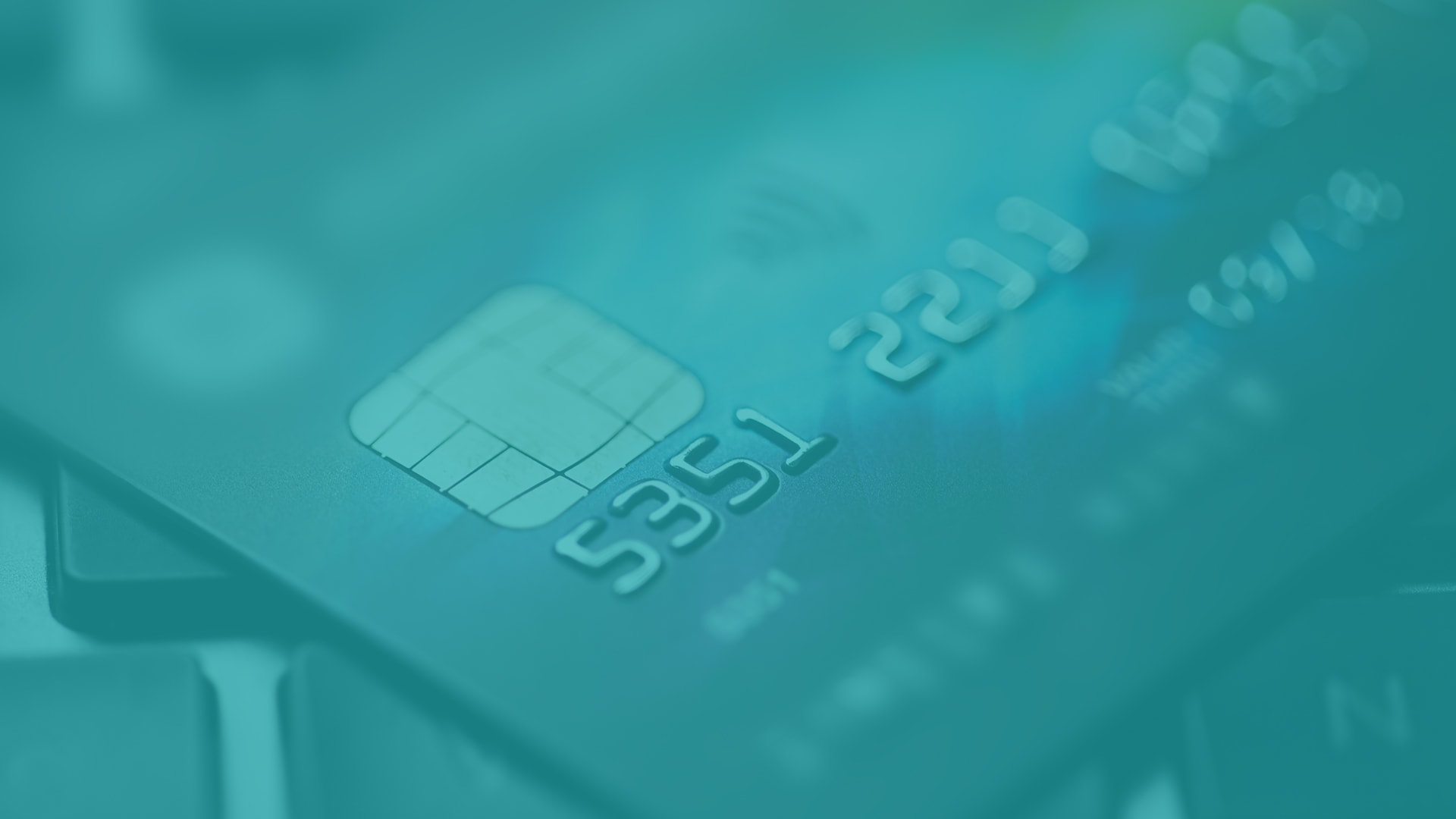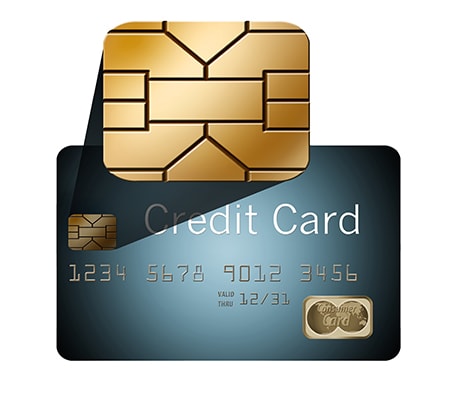Let's Talk !
Whether you are a small, medium, or large business owner, losing money due to fraudulent activity can be detrimental to your business. That is just what business owners risk each day that they continue to use magnetic strip cards instead of the new, more secure EMV technology cards. The cards' names come from the credit card issuers who created it, Europay, MasterCard, and Visa.
Magnetic cards have a thin magnetic label on the back of the credit card that contains the card holder's bank card number and other information. Whenever someone swipes their card, it transmits their same identifying information to the cardholder's financial institution. Savvy thieves have created ways to intercept this information. Therefore, it was necessary to develop a more secure financial transaction that uses EMV (Euro, MasterCard, and Visa) technology.
In 2014, credit card thieves were getting away with at least 16 billion dollars each year. One of the reasons thieves could easily commit credit card fraud was because of the magstripe on the back of the cards.
To combat the theft problem, the US adopted the voluntary usage of the EMV card. Because businesses in Europe and Canada have been using these cards for years, they have seen significant decreases in credit card fraud. The banks and credit card companies have done their part by issuing more secure EMV cards. Consumers expect to have to use the new chip cards. So, the rest up to the business owners.
Some businesses have not adopted the EMV-ready terminals because they are expensive. The average cost of EMV-ready terminals can be between $500 and $1,000. Some businesses that invested in the newer terminals can't use them because the company they use to process their merchant account may not be EMV certified.
When businesses don't use the machines to process the EMV cards and make their customers swipe their cards, they leave customers unnecessarily vulnerable to fraudulent activity. Therefore, the EMV liability shift passes to the business owners. It would be well worth the investment to purchase the EMV-ready terminals and, if necessary, change merchant account providers to provide more secure transactions.
What's the difference between chip vs. swipe? Imagine publishing your music album on a cassette tape, and everyone keeps making unauthorized copies of your record. In the meantime, other artists are releasing their music on sites like Spotify, where people have to subscribe to download it. That's what it's like when businesses use magnetic stripe cards instead of chip cards.
Anyone with a skimming device can make an illegal duplicate of credit cards that have magnetic stripes. However, to reproduce credit cards with the chip, criminals would have to obtain a machine that cost close to a thousand dollars. The average criminal would not be able to make that type of investment and choose the easier magnetic strip card targets.
To keep your transactions secure and protect your customers' financial information, you should choose the chip card vs. magnetic stripe card. Both chip cards and magstripe cards store and transmit data. The difference between them is the updated security technology available with EMV cards.
Magstripe cards store static information in the stripe on the back of the card. That means the same information transmits to the bank each time the person swipes the card. Once a person has that information, it's available for them to use it repeatedly.
Chip cards have a digital code embedded in the chip that changes each time you complete a purchase. For a person to complete a subsequent transaction with the chip card, they need to enter the PIN while the card is still in the processing machine. It is not until the person authenticates the transaction with their PIN that the bank approves the purchase.
As banks and credit card companies replace expired and outdated credit and debit cards, more and more consumers have the new chip cards. The processing time for these new cards is faster than when banks first introduced them to US consumers. Having their card left in the machine until the transaction is complete does not surprise anyone anymore.
Banks have also educated their customers on the new security measures found in the chip cards that the magstripe card does not contain. Therefore, many people have come to expect to have to insert their card into the processing machine as opposed to swiping it. The chip cards offer business owners and consumers security that is not available with the magstripe cards.
When England adopted the EMV cards in 2004, they saw a 33 percent reduction in credit card fraud. The following year, France was able to reduce credit fraud by 91 percent. Four years later, Canada experienced a 73 percent reduction in credit card fraud. With this type of success, it would seem inevitable that the United States would follow in the use of this new technology.
Are chip readers better than magnetic strips? The answer that you would get from anyone is, "yes." However, another question to ask is, are EMV transactions better than NFC? Both EMV and NFC provide a higher level of security than magnetic strip cards. How they compare against each other is perhaps, a matter of preference.
In the current climate, where going touchless is becoming a matter of staying healthy, it's no longer a question of chip vs. swipe. Instead, it's a question of touch vs. don't touch. With the option offered by the near-field communication (NFC) technology, NFC could gain an edge over EMV. Customers who use NFC, have to place their smartphone or other smart devices near the card reader processer to complete a purchase. The processing that takes place behind the scenes with the NFC is very similar to that of the EMV.
Getting a customized EMV solution offered by Chetu is one of the best financial options for your business. You will be less liable, and your business would be less susceptible to fraud. By offering EMV and NFC purchasing options, your brand's reputation will remain intact as a company that provides the most secure options for your customers.
Disclaimer:
Chetu, Inc. does not affect the opinion of this article. Any mention of specific names for software, companies or individuals does not constitute an endorsement from either party unless otherwise specified. All case studies and blogs are written with the full cooperation, knowledge and participation of the individuals mentioned. This blog should not be construed as legal advice.
Chetu was incorporated in 2000 and is headquartered in Florida. We deliver World-Class Software Development Solutions serving entrepreneurs to Fortune 500 clients. Our services include process and systems design, package implementation, custom development, business intelligence and reporting, systems integration, as well as testing, maintenance and support. Chetu's expertise spans across the entire IT spectrum.
- See more at: www.chetu.com/blogs
Privacy Policy | Legal Policy | Careers | Sitemap | Referral | Contact Us
Copyright © 2000-2024 Chetu Inc. All Rights Reserved.






